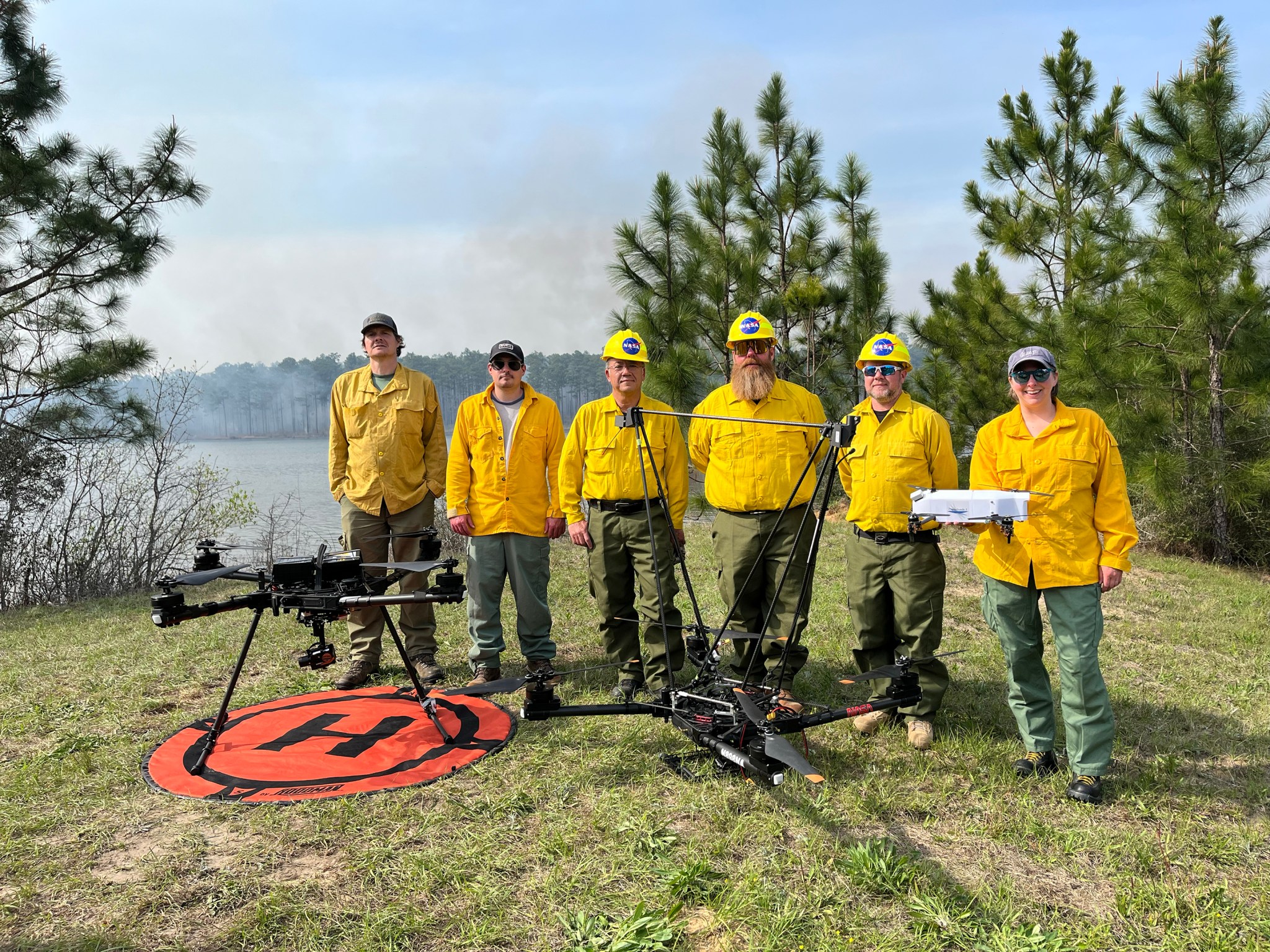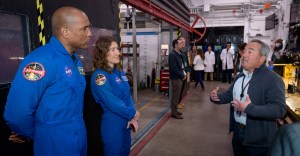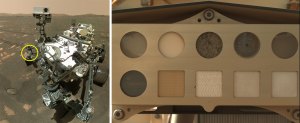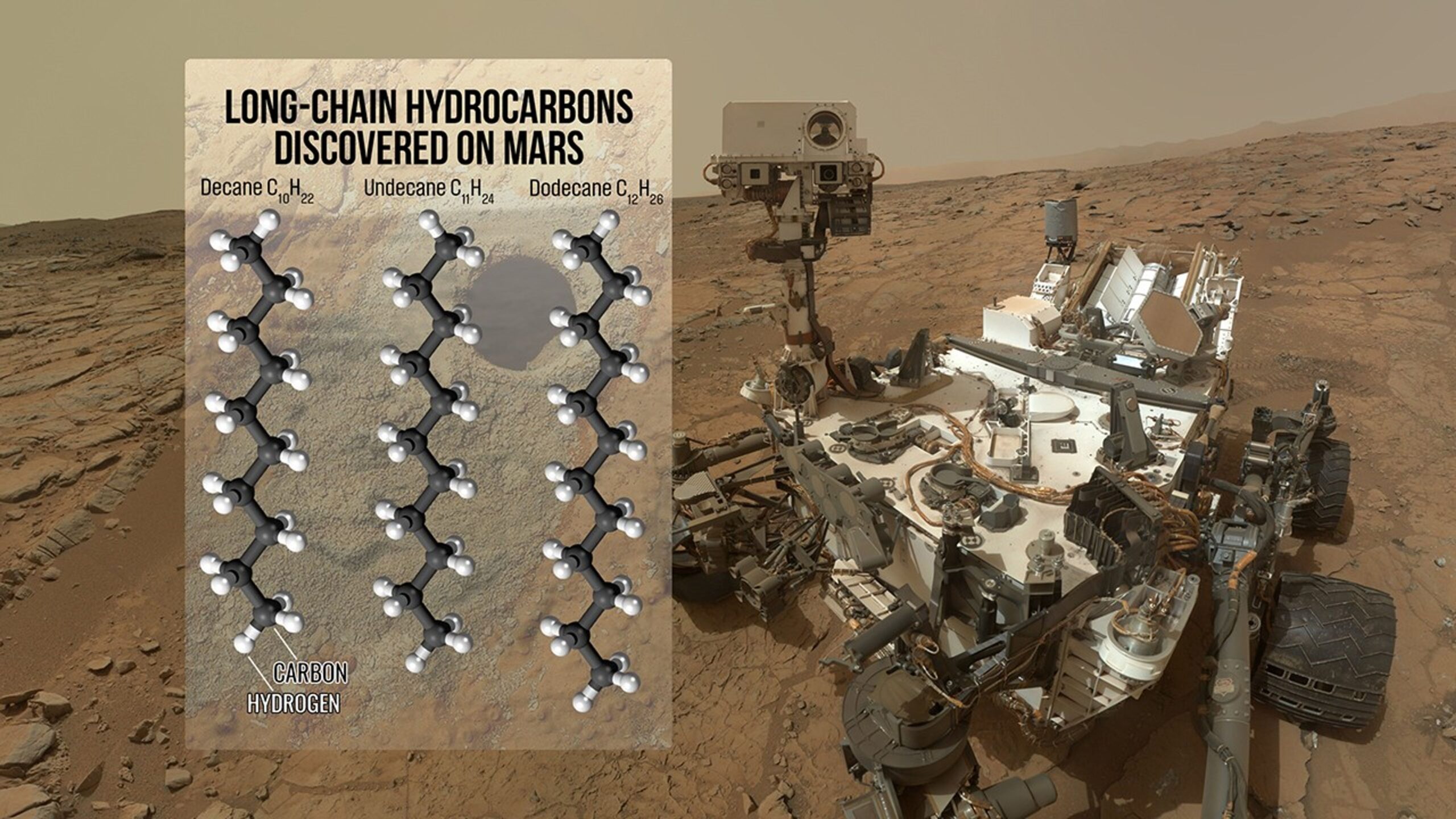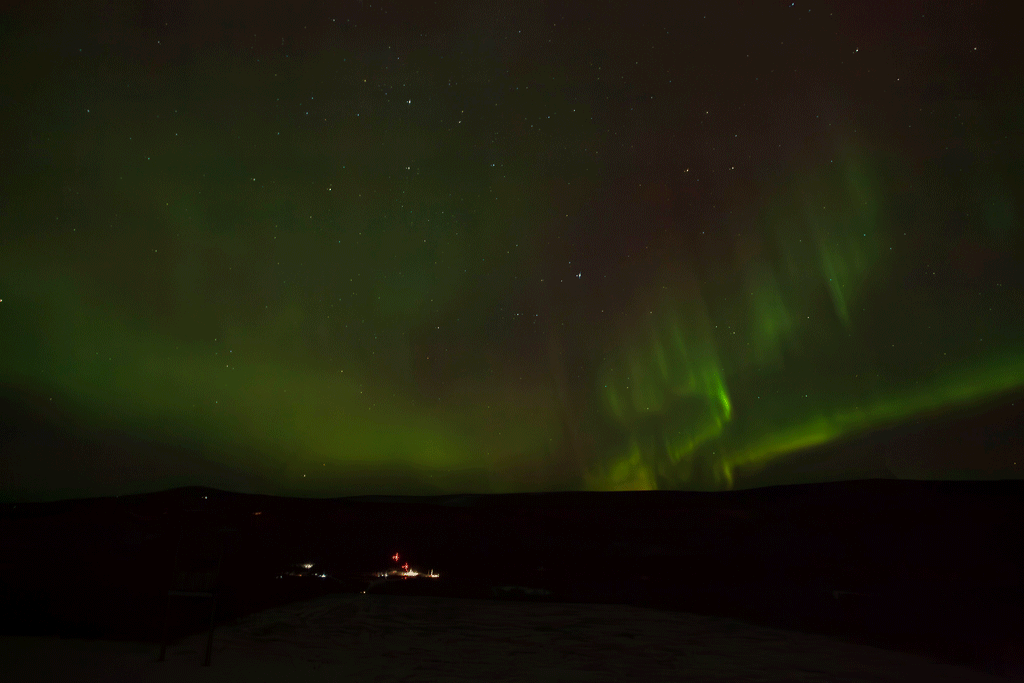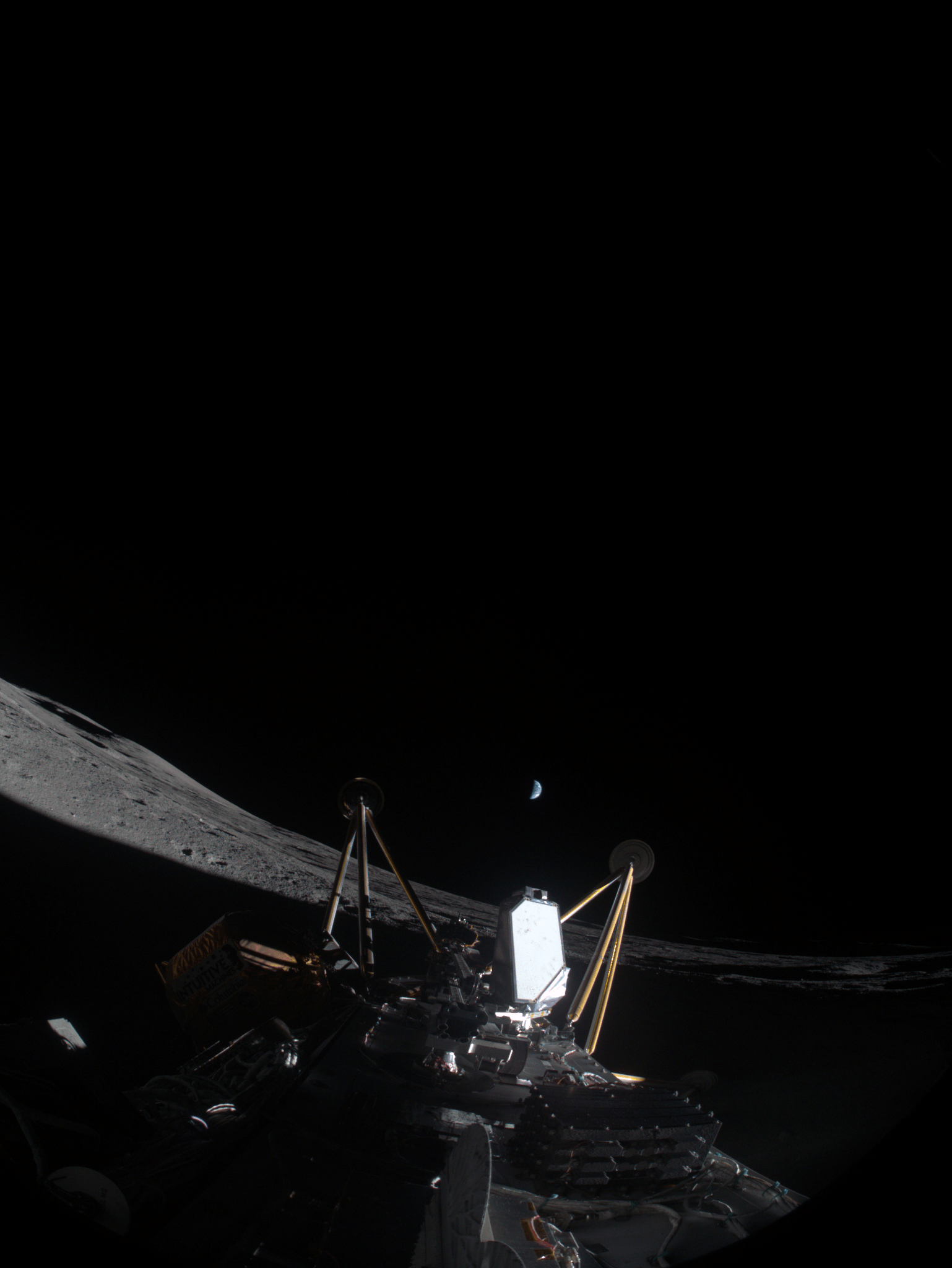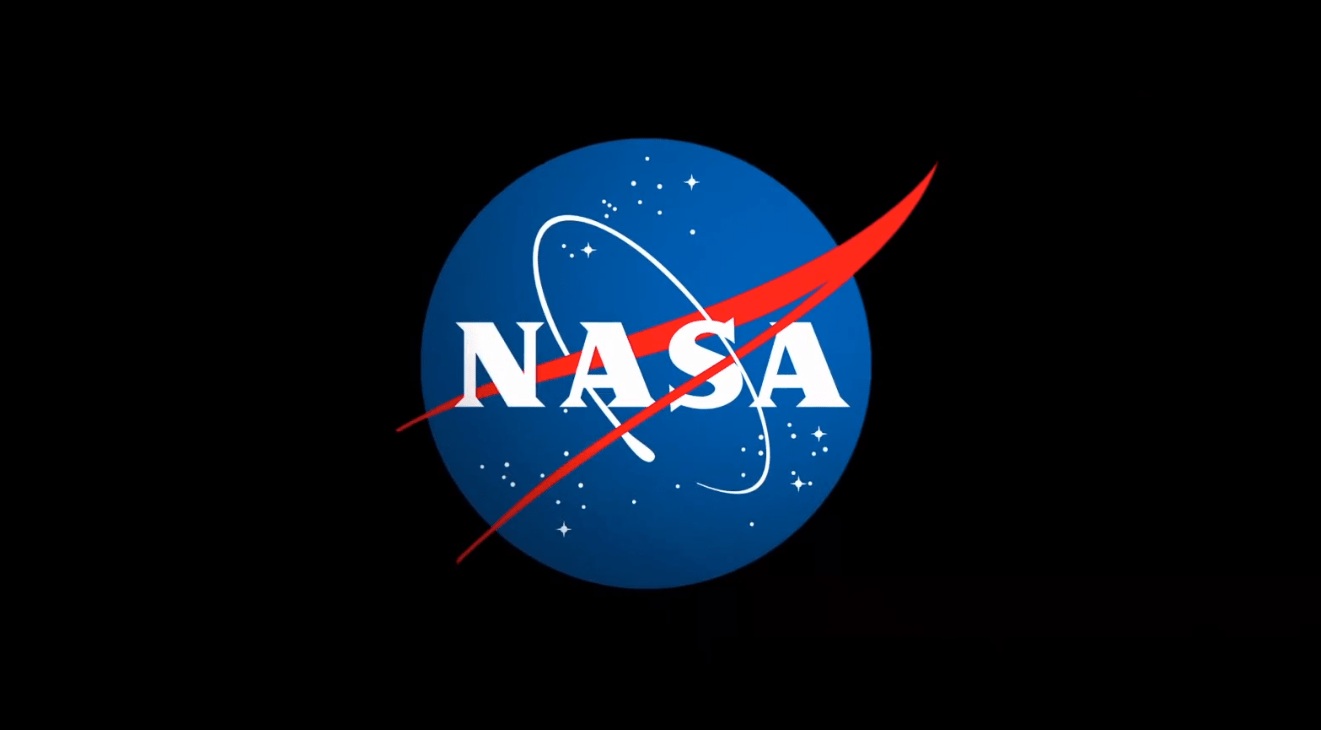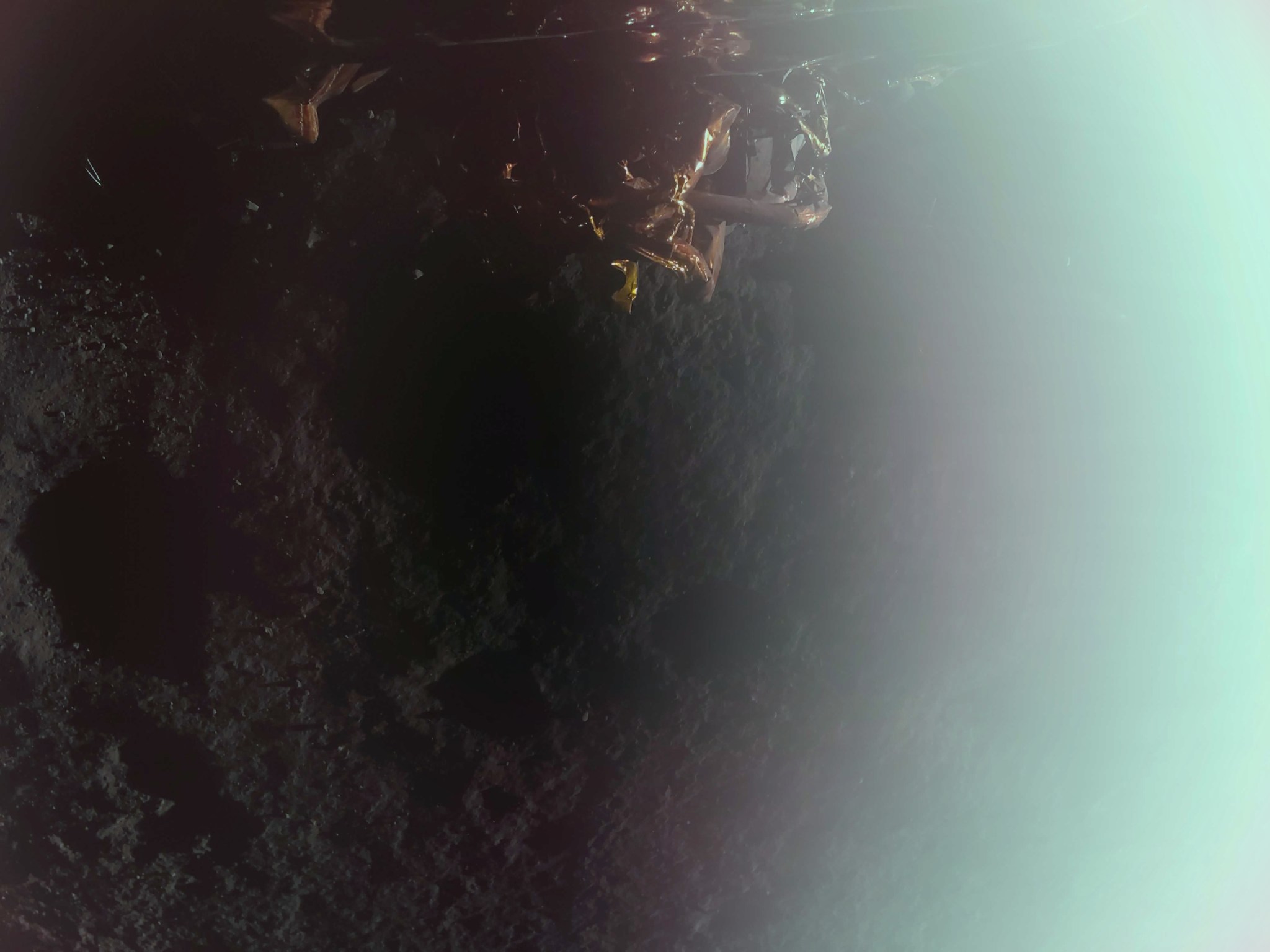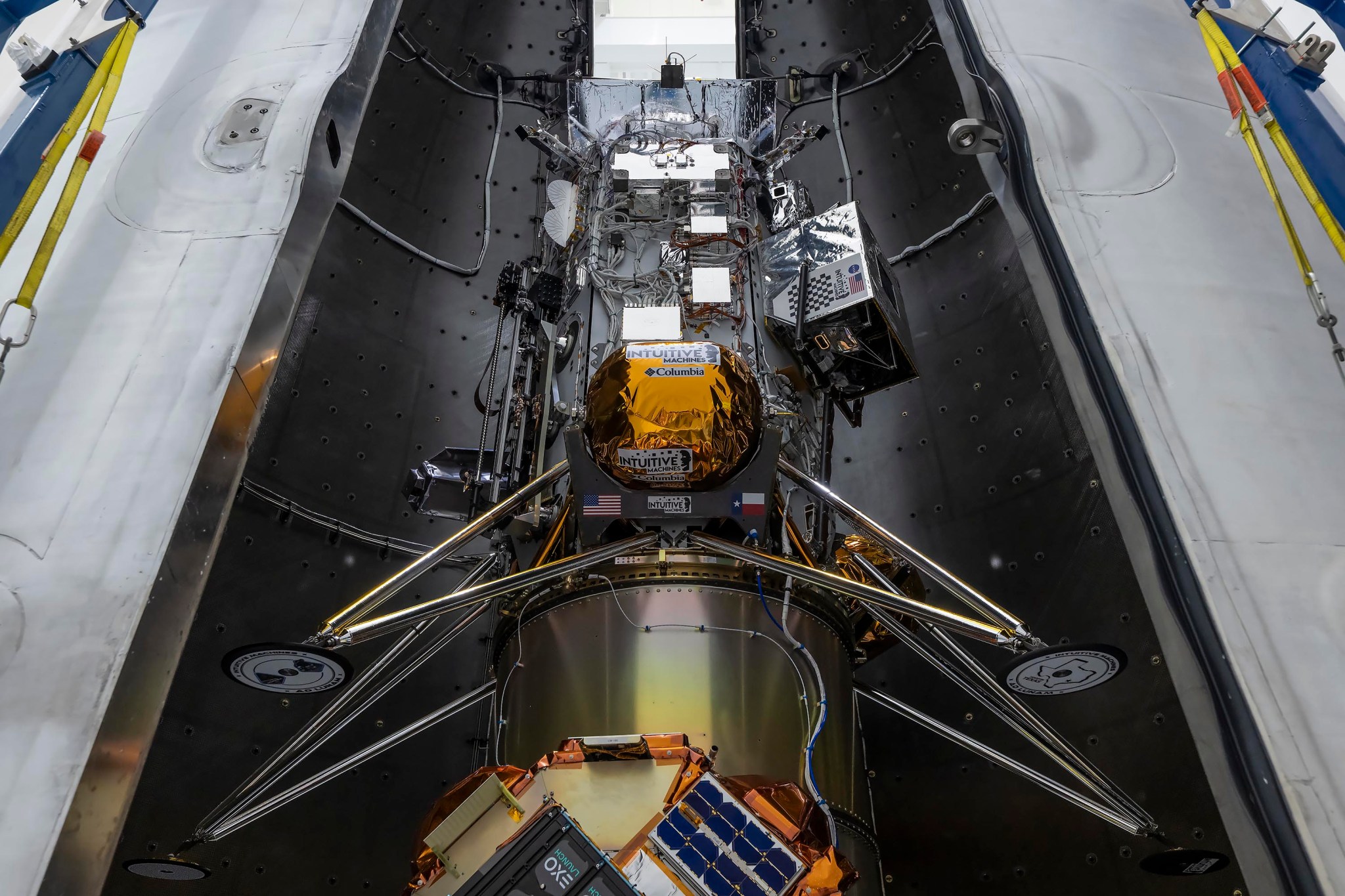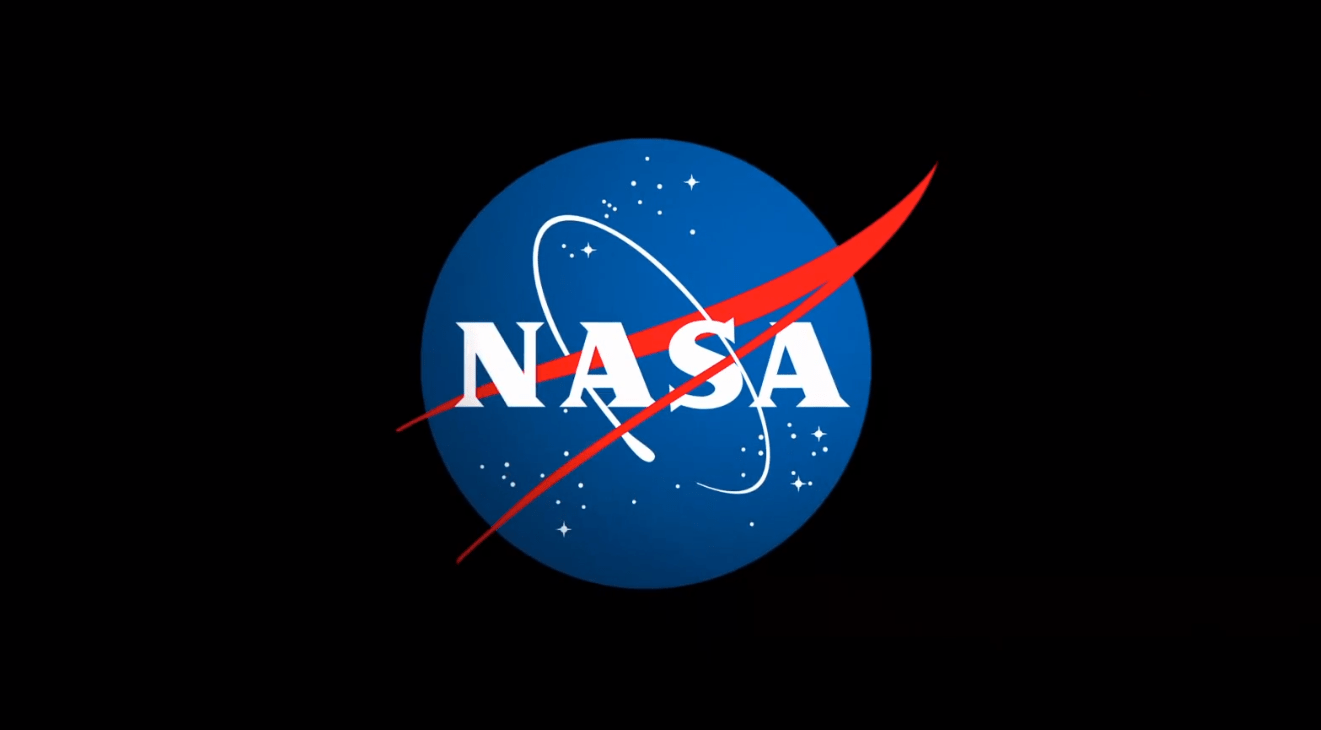3 min read Preparations for Next Moonwalk Simulations Underway (and Underwater) Drones were a key part of testing new technology in support of a prescribed burn in Geneva State Forest, which is about 100 miles south of Montgomery, Alabama. The effort is part of the agency’s multi-year FireSense project, which is aimed at testing technologies that could eventually serve the U.S. Forest Service as well as local, state, and other federal wildland fire agencies. From left are Tim Wallace and Michael Filicchia of the Desert Research Institute in Nevada; Derek…
Read MoreTag: Science Mission Directorate
What Are the Dangers of Going to Space? We Asked a NASA Expert: Episode 55
2 min read Preparations for Next Moonwalk Simulations Underway (and Underwater) What are the dangers of going to space? For human spaceflight, the first thing I think about is the astronauts actually strapping themselves to a rocket. And if that isn’t dangerous enough, once they launch and they’re out into space in deep exploration, we have to worry about radiation. Radiation is coming at them from all directions. From the Sun, we have solar particles. We have galactic cosmic rays that are all over in the universe. And those cause…
Read MoreHow Can I See the Northern Lights? We Asked a NASA Expert: Episode 54
2 min read Preparations for Next Moonwalk Simulations Underway (and Underwater) How can I see the northern lights? To see the northern lights, you need to be in the right place at the right time. Auroras are the result of charged particles and magnetism from the Sun called space weather dancing with the Earth’s magnetic field. And they happen far above the clouds. So you need clear skies, good space weather at your latitude and the higher, more polar you can be, the better. You need a lot of patience…
Read MoreNASA’s Curiosity Rover Detects Largest Organic Molecules Found on Mars
Researchers analyzing pulverized rock onboard NASA’s Curiosity rover have found the largest organic compounds on the Red Planet to date. The finding, published Monday in the Proceedings of the National Academy of Sciences, suggests prebiotic chemistry may have advanced further on Mars than previously observed. Scientists probed an existing rock sample inside Curiosity’s Sample Analysis at Mars (SAM) mini-lab and found the molecules decane, undecane, and dodecane. These compounds, which are made up of 10, 11, and 12 carbons, respectively, are thought to be the fragments of fatty acids that…
Read MoreNASA to Launch Three Rockets from Alaska in Single Aurora Experiment
4 min read NASA to Launch Three Rockets from Alaska in Single Aurora Experiment Three NASA-funded rockets are set to launch from Poker Flat Research Range in Fairbanks, Alaska, in an experiment that seeks to reveal how auroral substorms affect the behavior and composition of Earth’s far upper atmosphere. The experiment’s outcome could upend a long-held theory about the aurora’s interaction with the thermosphere. It may also improve space weather forecasting, critical as the world becomes increasingly reliant on satellite-based devices such as GPS units in everyday life. Colorful ribbons…
Read MoreNASA Receives Some Data Before Intuitive Machines Ends Lunar Mission
Intuitive Machines’ IM-2 captured an image March 6, 2025, after landing in a crater from the Moon’s South Pole. The lunar lander is on its side about 820 feet from the intended landing site, Mons Mouton. In the center of the image between the two lander legs is the Polar Resources Ice Mining Experiment 1 suite, which shows the drill deployed. Credit: Intuitive Machines Shortly after touching down inside a crater on the Moon, carrying NASA technology and science on its IM-2 mission, Intuitive Machines collected some data for the…
Read MoreNASA Awards Launch Service for Mission to Study Storm Formation
Credit: NASA NASA has selected Firefly Aerospace Inc. of Cedar Park, Texas, to provide the launch service for the agency’s Investigation of Convective Updrafts (INCUS) mission, which aims to understand why, when, and where tropical convective storms form, and why some storms produce extreme weather. The mission will launch on the company’s Alpha rocket from NASA’s Wallops Flight Facility in Virginia. The selection is part of NASA’s Venture-Class Acquisition of Dedicated and Rideshare (VADR) launch services contract. This contract allows the agency to make fixed-price indefinite-delivery/indefinite-quantity awards during VADR’s five-year ordering period,…
Read MoreTouchdown! Carrying NASA Science, Firefly’s Blue Ghost Lands on Moon
First image captured by Firefly’s Blue Ghost lunar lander, taken shortly after confirmation of a successful landing at Mare Crisium on the Moon’s near side. This is the second lunar delivery of NASA science and tech instruments as part of the agency’s Commercial Lunar Payload Services initiative. Credit: Firefly Aerospace Carrying a suite of NASA science and technology, Firefly Aerospace’s Blue Ghost Mission 1 successfully landed at 3:34 a.m. EST on Sunday near a volcanic feature called Mons Latreille within Mare Crisium, a more than 300-mile-wide basin located in the…
Read MoreFive Facts About NASA’s Moon Bound Technology
4 Min Read Five Facts About NASA’s Moon Bound Technology A view of the Moon from Earth, zooming up to IM-2's landing site at Mons Mouton, which is visible in amateur telescopes. Credits: NASA/Scientific Visualization Studio NASA is sending revolutionary technologies to the Moon aboard Intuitive Machines’ second lunar delivery as part of the agency’s CLPS (Commercial Lunar Payload Services) initiative and Artemis campaign to establish a long-term presence on the lunar surface. As part of this CLPS flight to the Moon, NASA’s Space Technology Mission Directorate will test novel technologies…
Read MoreNASA Awards Planetary Defense Space Telescope Launch Services Contract
Credit: NASA NASA has selected SpaceX of Starbase, Texas, to provide launch services for the Near-Earth Object (NEO) Surveyor mission, which will detect and observe asteroids and comets that could potentially pose an impact threat to Earth. The firm fixed price launch service task order is being awarded under the indefinite delivery/indefinite quantity NASA Launch Services II contract. The total cost to NASA for the launch service is approximately $100 million, which includes the launch service and other mission related costs. The NEO Surveyor mission is targeted to launch no…
Read More